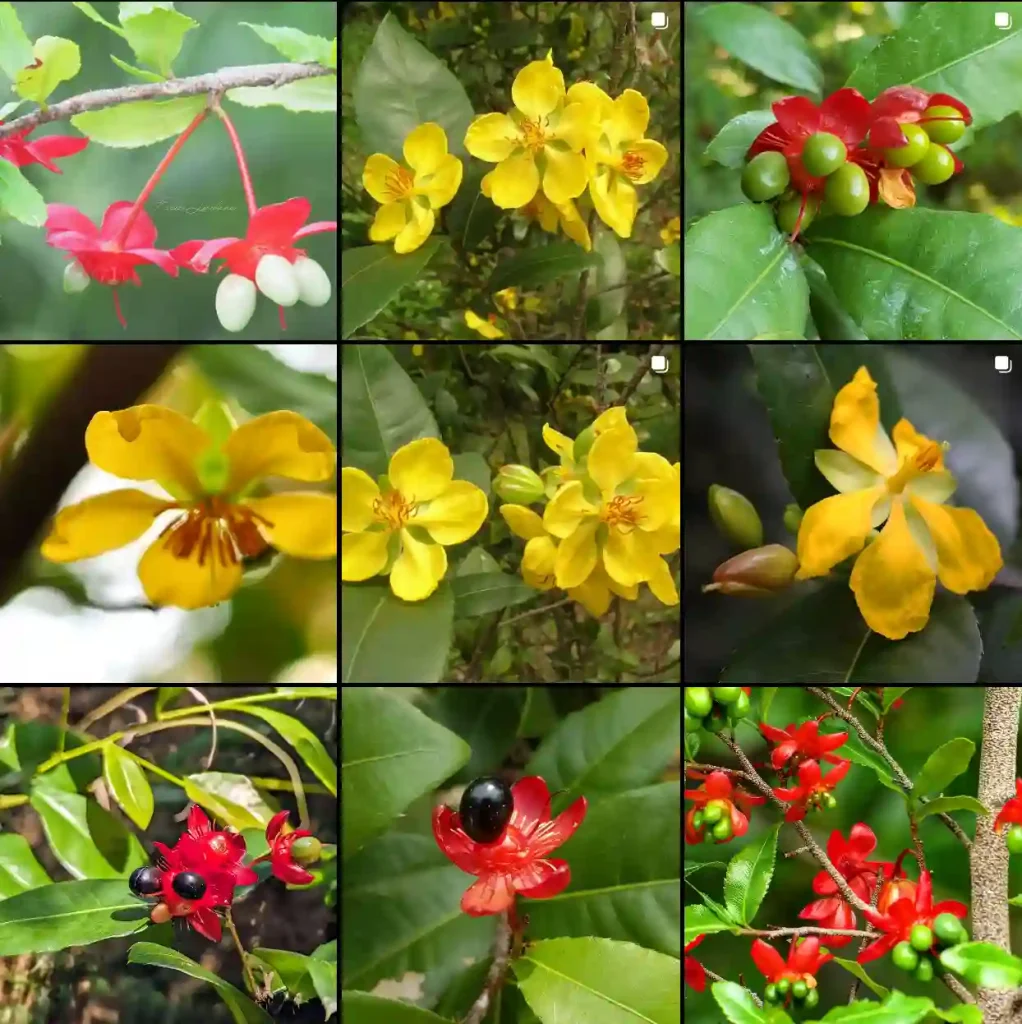
What Is Boltonia Asteroides?
Boltonia Asteroides, commonly known as False Aster or Boltonia, is a perennial plant admired for its daisy-like flowers and robust nature. It belongs to the Asteraceae family and is native to North America. This plant is a great choice for gardeners looking to add a splash of color and texture to their landscapes, thanks to its airy clusters of white or pink blooms that resemble asters.
6 Species in Genus Boltonia
How to Care for Boltonia Asteroides?
Caring for Boltonia Asteroides is relatively straightforward. Here’s what you need to know:
- Sunlight: Boltonia thrives in full sun. Aim for at least 6 hours of direct sunlight daily. If planted in too much shade, it might become leggy and produce fewer flowers.
- Soil: It prefers well-drained soil with a slightly acidic to neutral pH. Adding organic matter like compost can improve soil fertility and drainage. Avoid waterlogged soil as it can lead to root rot.
- Watering: Regular watering is crucial, especially during dry spells. However, be cautious not to overwater. Let the soil dry out slightly between waterings.
- Fertilizing: A balanced, all-purpose fertilizer applied in early spring will help bolster growth and flowering. Avoid excessive fertilization, as it can lead to excessive foliage at the expense of blooms.
- Pruning: To maintain a compact shape and encourage more blooms, prune the plant in early spring before new growth begins. Removing dead or damaged stems throughout the growing season can also promote a healthier plant.
How to Propagate Boltonia Asteroides?
Propagating Boltonia Asteroides can be done through division or seed sowing:
- Division: In early spring or fall, dig up the plant and divide the root clumps into smaller sections. Ensure each section has roots and shoots. Replant these divisions immediately at the same depth they were previously growing.
- Seed Sowing: Start seeds indoors 6-8 weeks before the last frost. Sow seeds in a seed-starting mix and keep them moist. Once seedlings are large enough to handle and the risk of frost has passed, transplant them outdoors.
What to Plant With Boltonia Asteroides?
Boltonia Asteroides pairs well with a variety of other plants:
- Grasses: Ornamental grasses like Fountain Grass or Feather Reed Grass can complement the airy texture of Boltonia.
- Other Perennials: Combine with coneflowers (Echinacea), black-eyed Susans (Rudbeckia), or salvia for a vibrant and colorful garden bed.
- Shrubs: Low-growing shrubs like lavender or boxwood provide a contrasting backdrop to Boltonia’s delicate flowers.
Is Boltonia Asteroides Toxic?
No, Boltonia Asteroides is not toxic to humans or pets. It is safe to grow in gardens frequented by children and animals.
Benefits of Boltonia Asteroides
Boltonia Asteroides offers several benefits:
- Attractive Blooms: The plant produces a profusion of daisy-like flowers that add beauty to any garden.
- Low Maintenance: It is relatively easy to care for and doesn’t require extensive maintenance once established.
- Wildlife Friendly: The flowers attract pollinators such as bees and butterflies, making it a great choice for a wildlife-friendly garden.
Common Problems with Boltonia Asteroides
While generally trouble-free, Boltonia Asteroides can face a few issues:
- Powdery Mildew: This fungal disease can affect the plant, especially in humid conditions. To manage it, ensure good air circulation around the plant and apply a fungicide if necessary.
- Legginess: If the plant doesn’t receive enough sunlight, it may become tall and spindly. Ensure it’s planted in a spot with adequate sunlight and prune it back to encourage a fuller growth.
- Pests: Occasionally, Boltonia may attract pests like aphids or spider mites. Regularly inspect the plant and use insecticidal soap or neem oil if pests are detected.
Compare with Similar Plants
Boltonia Asteroides is often confused with a few similar plants:
- Aster (Symphyotrichum): While both have similar daisy-like flowers, Asters generally have more compact growth and a wider range of colors.
- Echinacea (Coneflower): Echinacea has larger, more vibrant flowers and a more pronounced central cone, unlike Boltonia’s more delicate blooms.
- Coreopsis: Coreopsis plants have a similar flowering habit but typically feature brighter colors and smaller flowers compared to Boltonia.
Final Thoughts
Boltonia Asteroides is a versatile and beautiful addition to any garden. With its low maintenance needs and striking appearance, it’s a plant that can enhance the beauty of your outdoor space while being friendly to wildlife. By following proper care guidelines and pairing it with complementary plants, you can enjoy its charm for years to come.
If i die, water my plants!



